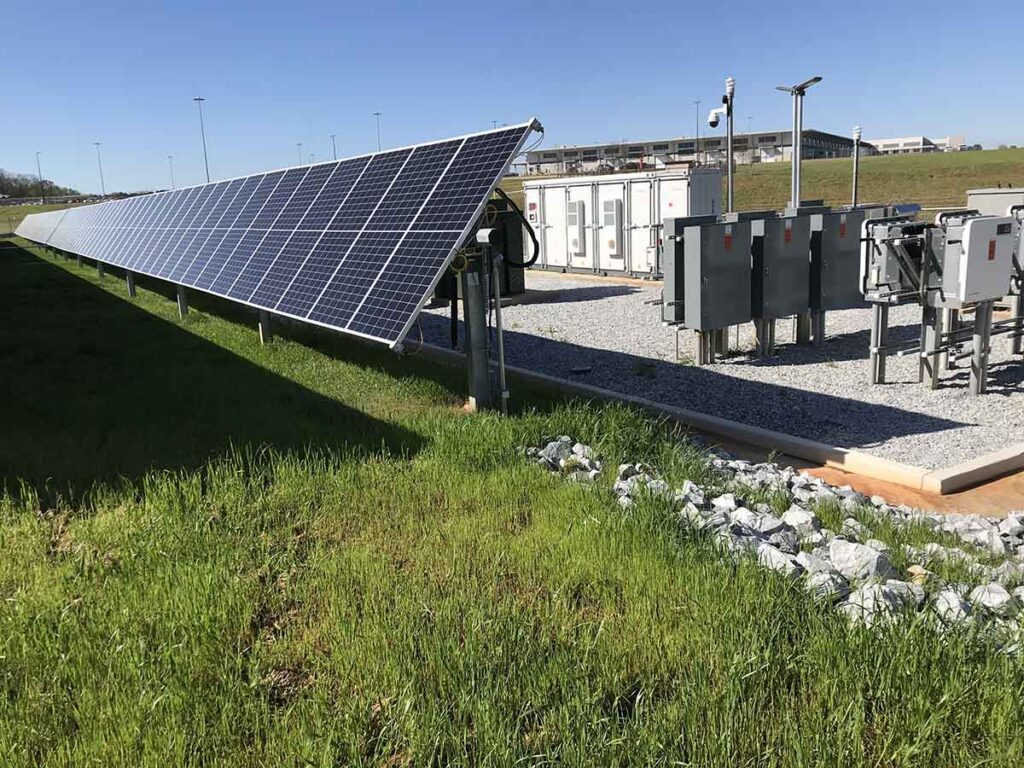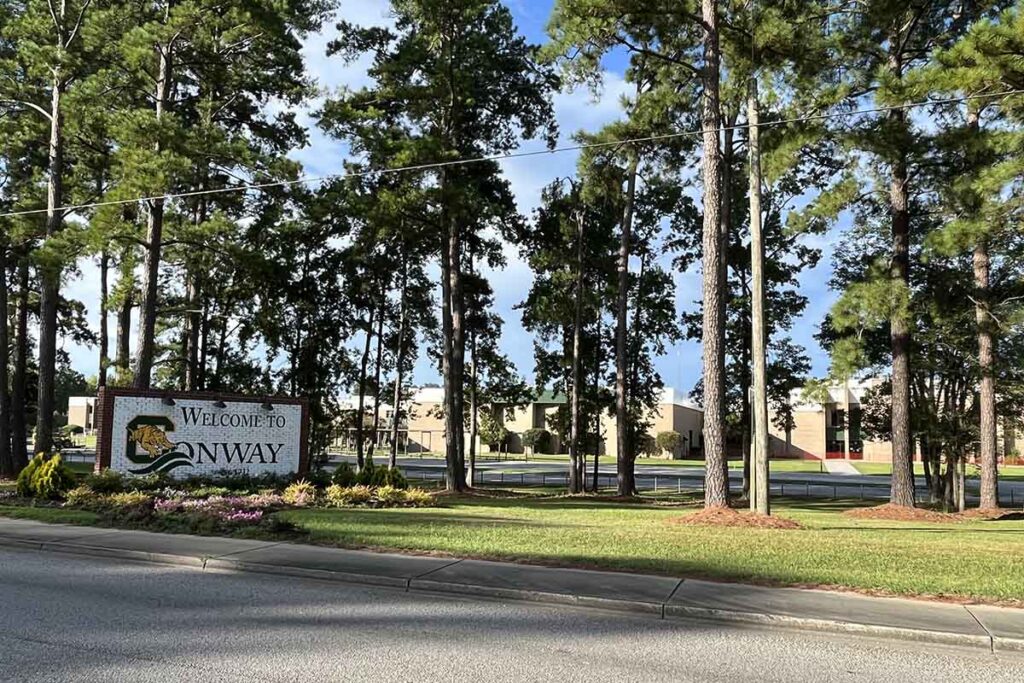
Microgrid feasibility study projects proposed by NRECA on behalf of three of its member cooperatives have been awarded a total of $100,000 following Phase I of the Department of Energy’s Energizing Rural Communities initiative.
The grant to NRECA will be used to advance projects that could improve overall reliability for co-op members and help maintain vital services when major outages occur.
“We expect microgrids to boost our overall reliability by as much as 80%, reducing prolonged outages and inconveniences after storms, and improve power quality in sparsely populated areas,” said Jimmy Sandlin, CEO of Holston Electric Cooperative. “They could also improve our broadband services, which are more important than ever with so many of our members working remotely.”
The Rogersville, Tennessee-based co-op has proposed a project that features a 10-kilowatt solar array and 20 kilowatt-hours of battery storage, backed up by generators. The co-op’s goal is to improve service to about one-third of its 31,000 meters, primarily for residents of one of its outlying districts.
“When the federal government makes funds available to advance new and emerging technologies, rural areas should be well represented,” said Sandlin. “Projects like the one we’ve proposed will provide meaningful operational experience that could improve power grid performance in the future.”
The DOE opened a juried competition for its Energizing Rural Communities initiative in February. Sixty-seven awardees are sharing about half of the $15 million available from the initiative, which is part of the $1 billion Energy Improvements in Rural and Remote Areas program created under the 2021 bipartisan infrastructure law.
“The awards will be used to pay for preliminary engineering studies for these microgrids,” said Tolu Omotoso, NRECA’s energy solutions director. The association’s Business and Technology Strategies unit looked at proposals from several distribution co-ops and selected three for inclusion in its grant application, based upon DOE criteria.
“Microgrids are becoming cheaper alternative solutions to expensive and time-consuming transmission and distribution projects,” Omotoso said.

South Carolina’s Horry Electric Cooperative has proposed siting a microgrid near the Conway High School campus, which serves as a community shelter during and after hurricanes and other major weather events.
“They have room for a solar field and, as a designated shelter, they also have backup generation in place,” said Reed Cooper, the Conway-based co-op’s manager of engineering. “We envision a project that could provide sustainable power for up to four weeks while major restoration could be under way.”
A microgrid could also help the school system charge electric school buses and other vehicles and provide electricity to nearby stores and service stations following major storms, he said.
“Power could also be available to community members who live nearby, and electricity being available in the area would help members get supplies and fuel during a storm if we had a microgrid in place,” Cooper said. “Officials are discussing building a middle school and hospital nearby in the future.”
Sumterville, Florida-based SECO Energy has proposed a microgrid at Lake-Sumter State College. The 40-acre site has the potential to improve service to many of the co-op’s members living nearby, said SECO CEO Curtis Wynn. The co-op is working with the college on workforce development projects and training local residents for jobs in the energy sector.
The Smart Energy Campus Microgrid Project will consist of a 1.40-MW solar photovoltaic array that is sized to generate at least as much energy as the facility consumes on an annual basis.
“That could make the LSSC campus net-zero [for carbon emissions], based on the college’s land space for the scalable array and battery system,” said Wynn. “In addition to the solar PV, the microgrid will incorporate an 876-kWh lithium-ion battery energy storage system to provide the facility with reliable power for up to three days.”
Phase II of the Energizing Rural Communities competition continues until next July. Awards of $200,000 each will be granted to winners based on their success in identifying community partners and potential investment that could help make their proposed projects financially feasible.
“Co-ops are focused on cost savings to their memberships, operational efficiencies and lower emission energy sources for facility hosts,” said Omotoso. “These studies will lay down a solid foundation upon which investment grade decisions can be made on whether to proceed with these projects and what the best mix of technologies should be.”
Derrill Holly is a staff writer for NRECA.